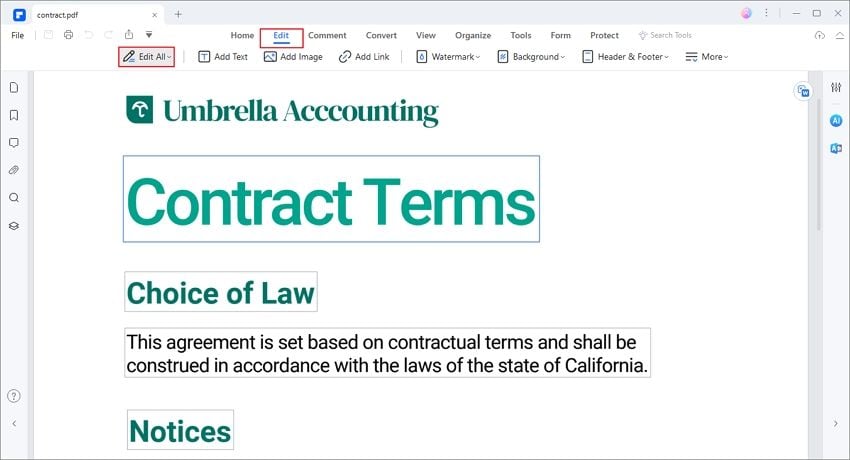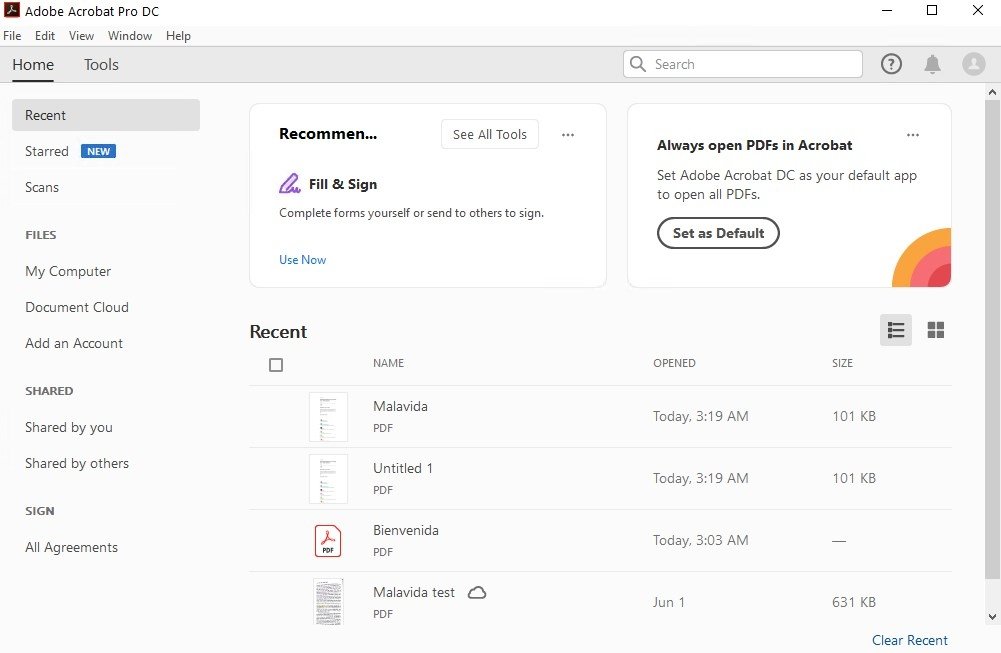


PDFELEMENT VS ADOBE ACROBAT PDF
For seasoned users who don't need advanced features, this is the perfect PDF editor to consider. The editing experience is especially pleasing to first-time users because they won't have to fumble around for buttons and controls. This includes PDF creation, editing, file conversion, annotations (marking up, reviewing, and commenting), form filling, form creation, electronic signature, security protocols, and so on. The Standard version of PDFelement offers the full array of basic features that most PDF users require. The layouts have been improved and you can easily find what you need to in just a couple of clicks or taps. The UI changes go deep into the menus and navigation experience, giving users a much clearer picture of what each button does. It is more lightweight than the previous iteration, PDFelement 7, and only uses 40MB of boot space instead of the 120MB required by the earlier version.

Speaking of launching, the new PDFelement 8 is proven to be 3x faster than the earlier edition, with a similar performance bump for opening documents. The developers have gravitated ever further toward minimalism, and it's clearly visible when you launch the app. Major changes have been implemented on the UI side for all three versions of the software. PDFelement Pro for iOS - Bringing the desktop PDF experience to iPhone and iPad PDFelement Pro - A robust PDF solution for power users PDFelement Standard - The comprehensive PDF editor for common PDF tasks


 0 kommentar(er)
0 kommentar(er)
